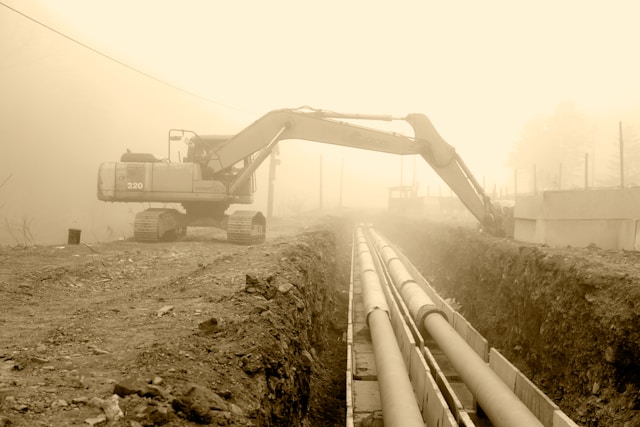
Officials behind the proposed Alaska LNG pipeline say construction of the massive project could create one of the largest short-term workforce demands the state has ever seen. Glenfarne Group, which took majority control of the gasline earlier this year, estimates about 7,000 workers will be needed at the peak of building an 800-mile pipeline that would move gas from the North Slope to Southcentral Alaska.

The company has not yet fully committed to launching the build. However, as it edges toward a final investment decision, executives have begun outlining what it would take to recruit and train enough skilled workers. That estimate was presented this month to the Alaska Workforce Investment Board, the state body responsible for evaluating workforce preparation and advising on training strategies. Several board members said the projection was ambitious.
The Alaska LNG project calls for treating North Slope natural gas, transporting it through a long-distance pipeline, and eventually liquefying and exporting it from Nikiski. Glenfarne is currently emphasizing the pipeline portion that would serve in-state natural gas needs. Planning includes temporary work camps along the construction route and a simultaneous construction schedule across multiple sections of pipeline.
Rex Canon, president of 8 Star Alaska LLC, which manages the project on behalf of Glenfarne and the state’s gasline development corporation, outlined how the work would be divided.
“It's divided into four different construction spreads, which would mean essentially four different sets of equipment and four different large crews,” he said. “And by dividing it up that way, that's how we can move– we essentially build each spread on a simultaneous basis to expedite the schedule.”

Canon said the company wants Alaska workers front and center. He noted that Glenfarne already has an internal list of more than 200 Alaska-based vendors capable of supporting construction, and it has started holding discussions with labor unions on potential agreements.
“There will be a project labor agreement on the pipeline, and that would be an agreement with the four main crafts that are relevant for building pipelines,” Canon said. “So it would be the pipe fitters and the welders, the laborers, the operators and the Teamsters.”
Workforce demand estimates include:
The projected size of the workforce raises concerns because Alaska already faces a labor shortage across industries. State economists warn the working-age population is shrinking as seniors and teenagers increasingly make up a larger share of Alaska’s residents.
Workforce board member Patrick Rose said enthusiasm is high but challenges remain. “I think everybody sees a lot of opportunity, and I think a lot of people are excited about a project of this magnitude,” he said. “There's a lot of shortfalls we already have in workforce in Alaska that's been a big challenge.”
Despite growing interest from potential gas buyers — including a new “strategic alliance” with Baker Hughes to supply compressors and energy systems — Glenfarne has not fully greenlit the project. Canon said the company is preparing to make a go-or-no-go decision by Jan. 1, marking a crucial moment for what could be one of Alaska’s largest industrial undertakings.
Originally reported by Ashlyn O'Hara in KDLL.